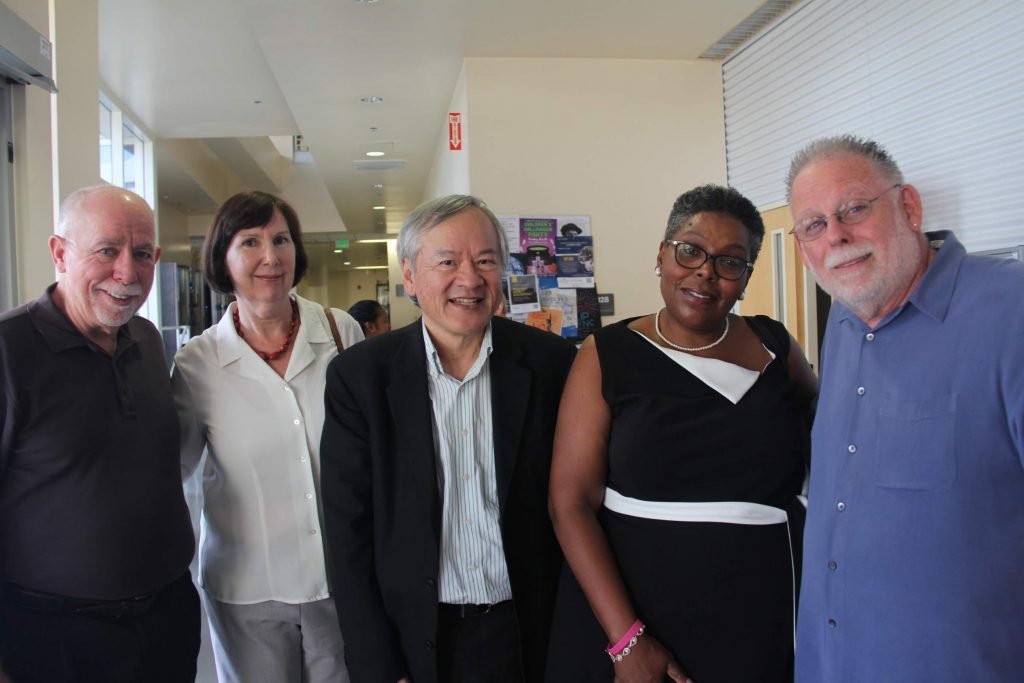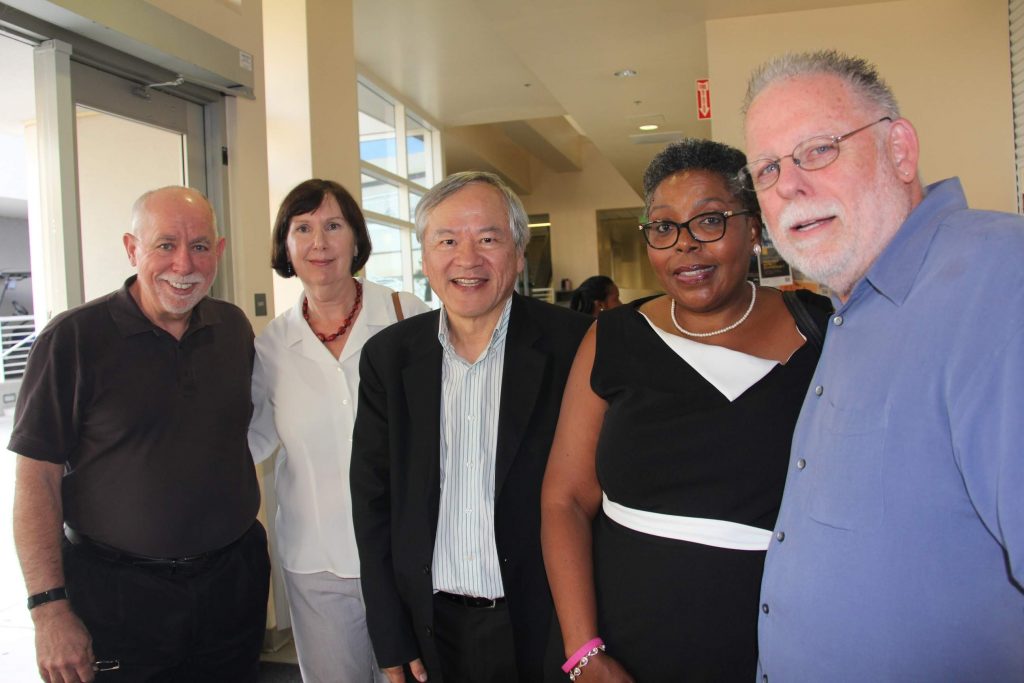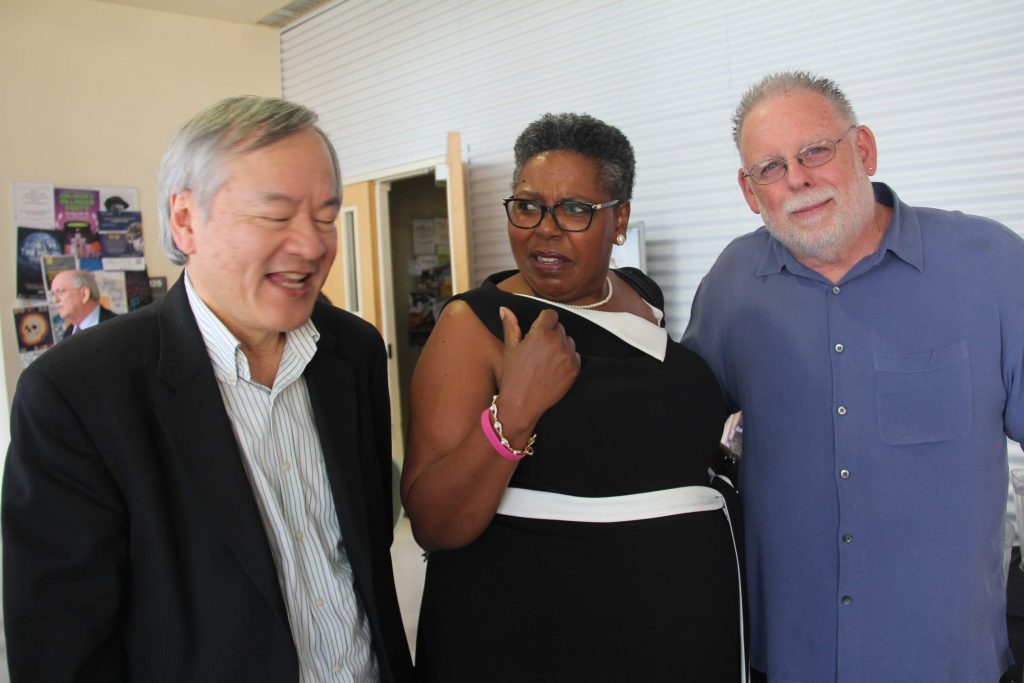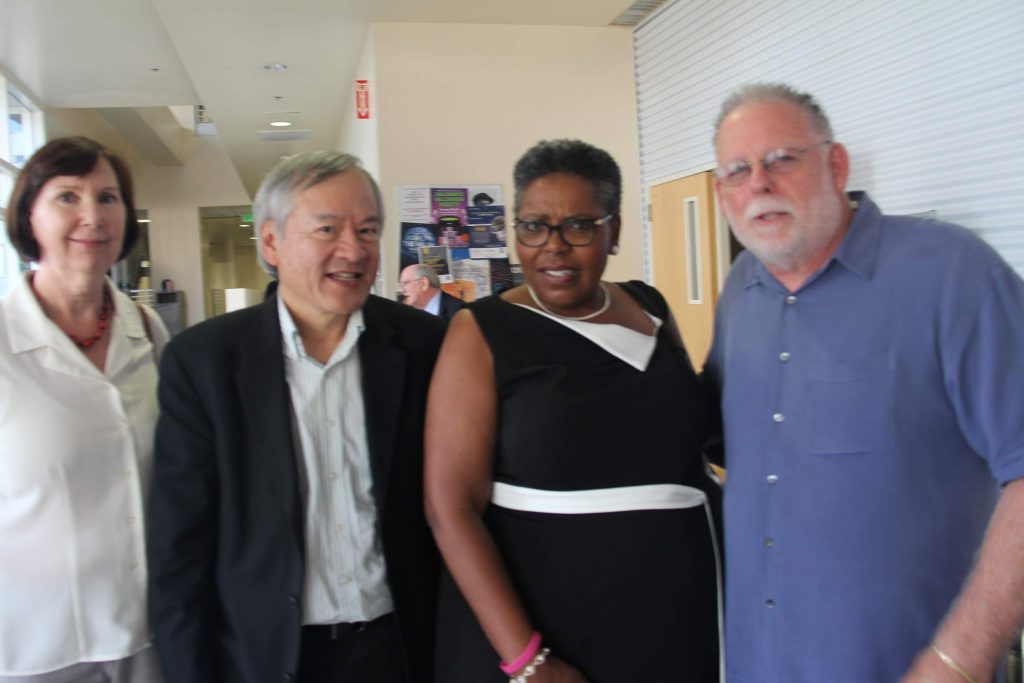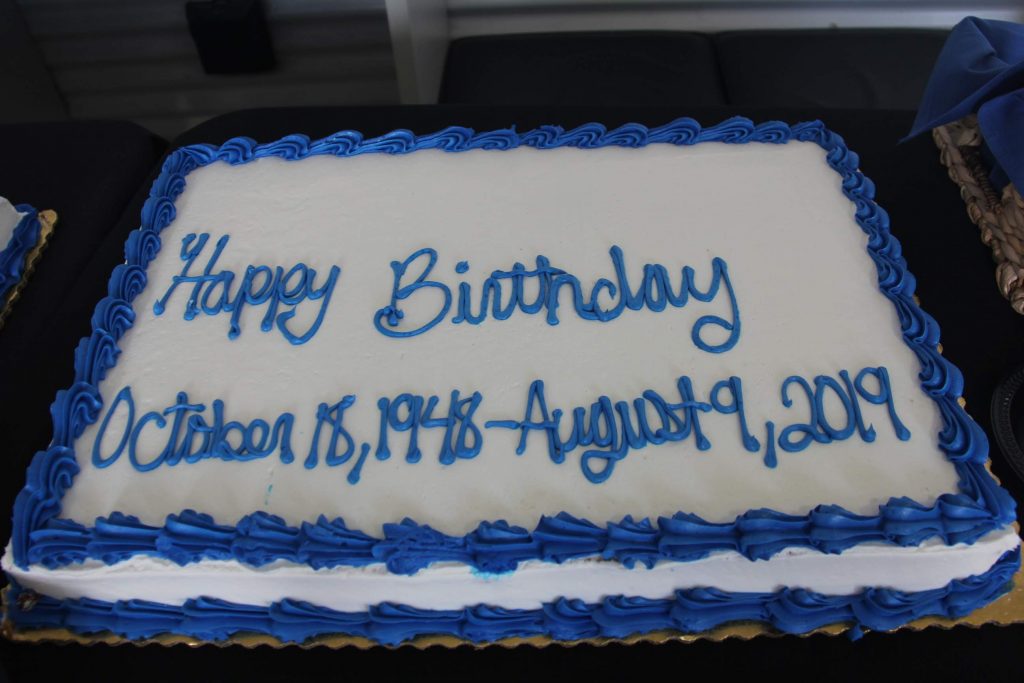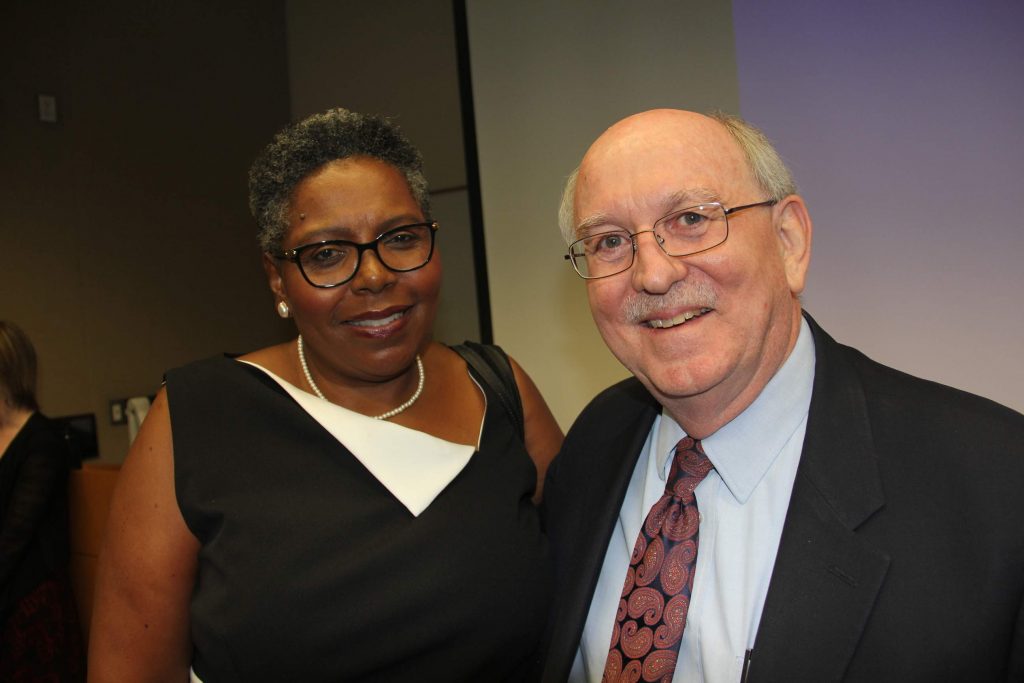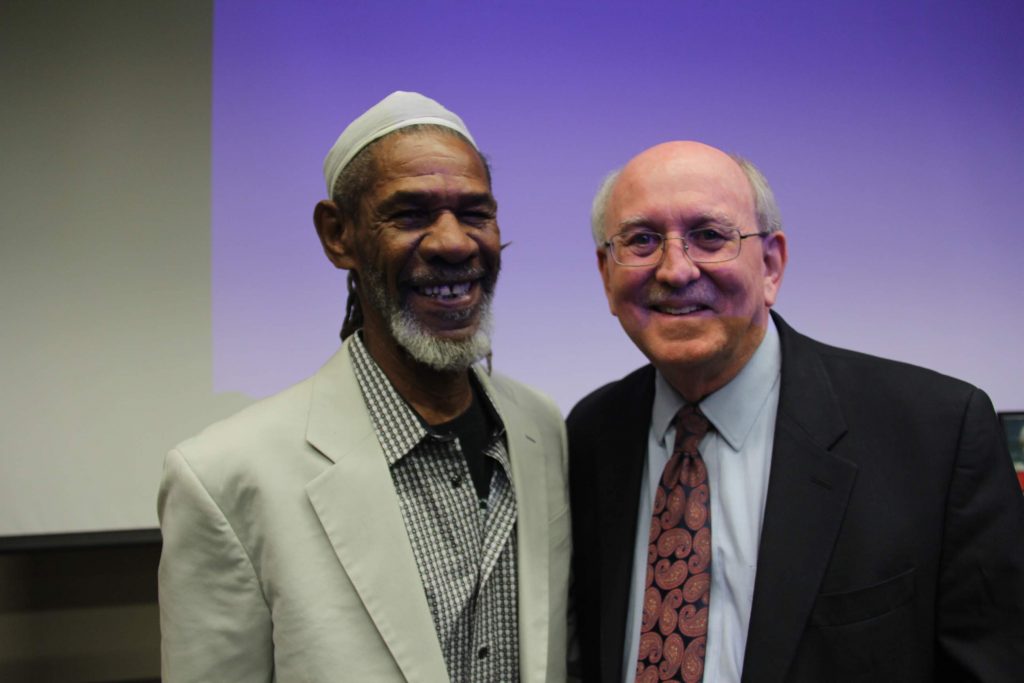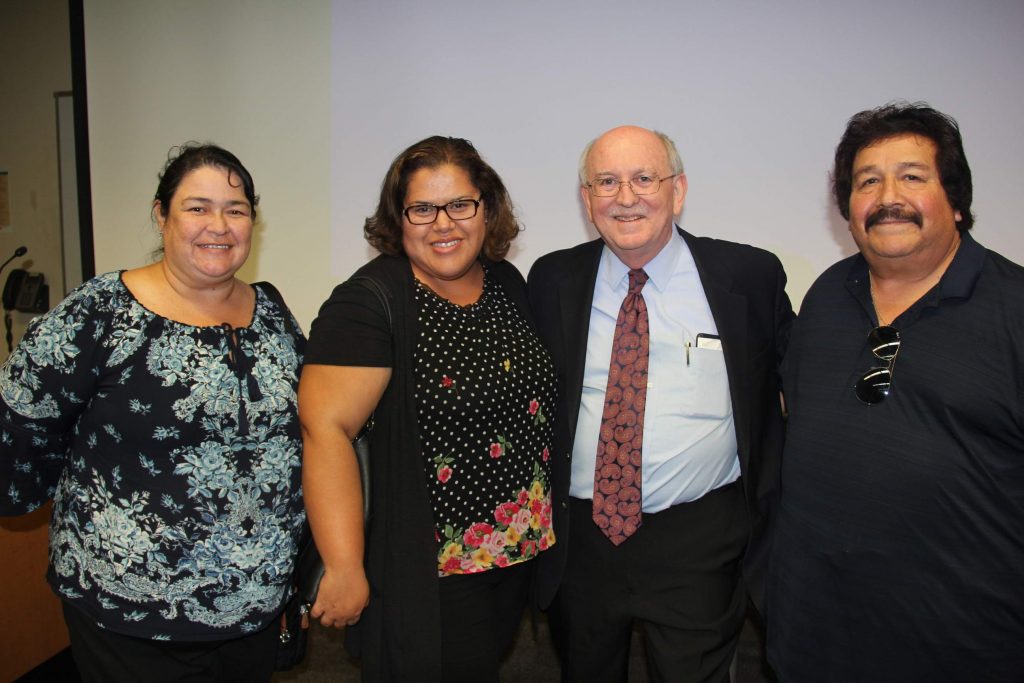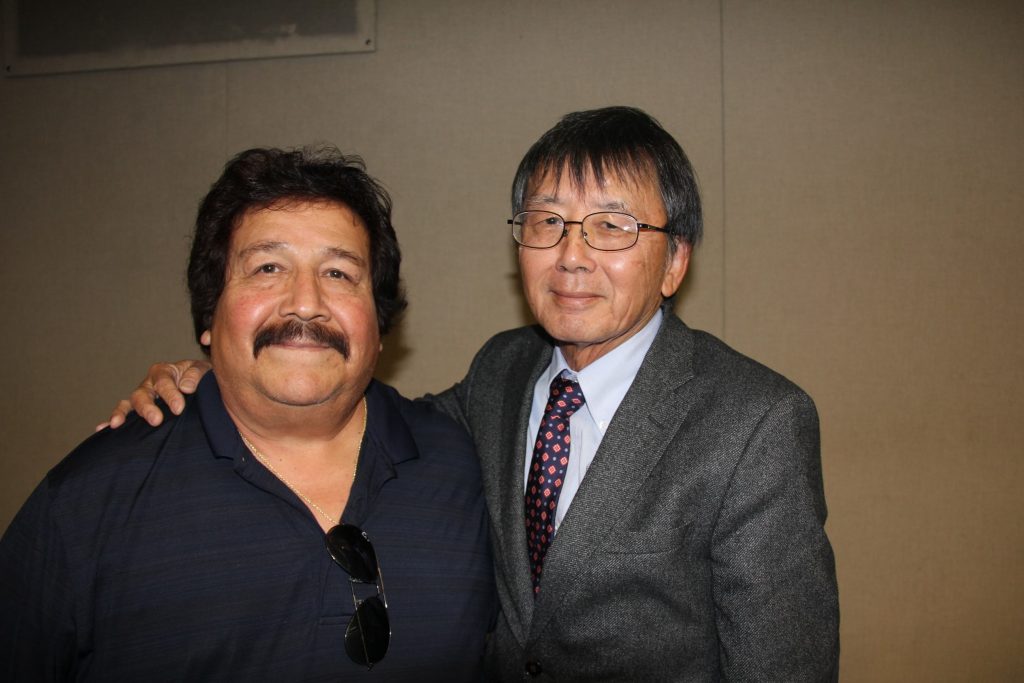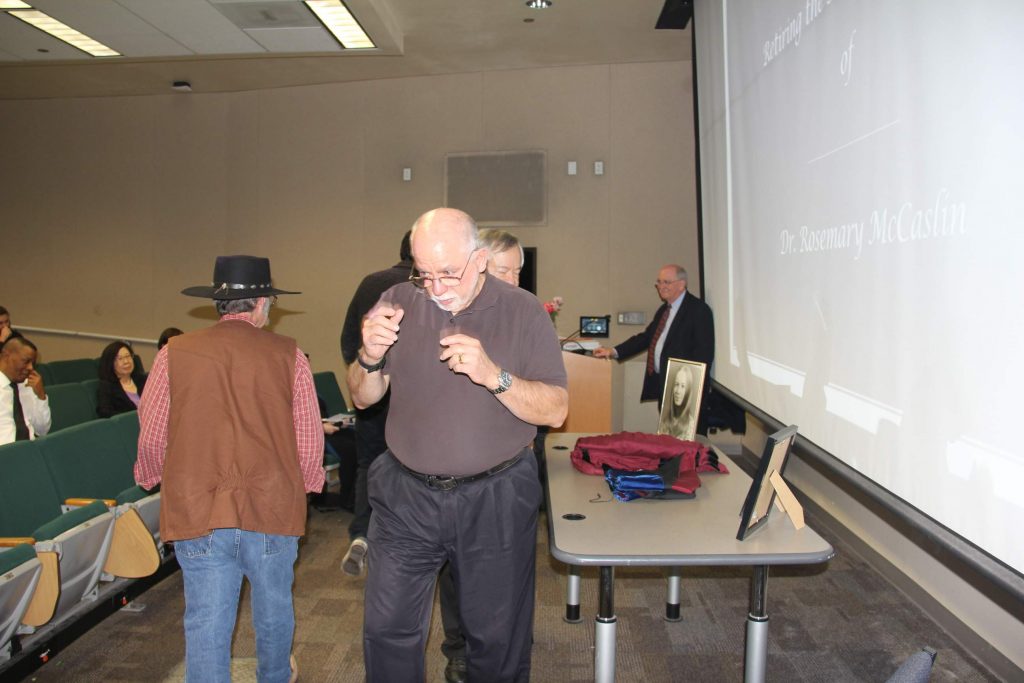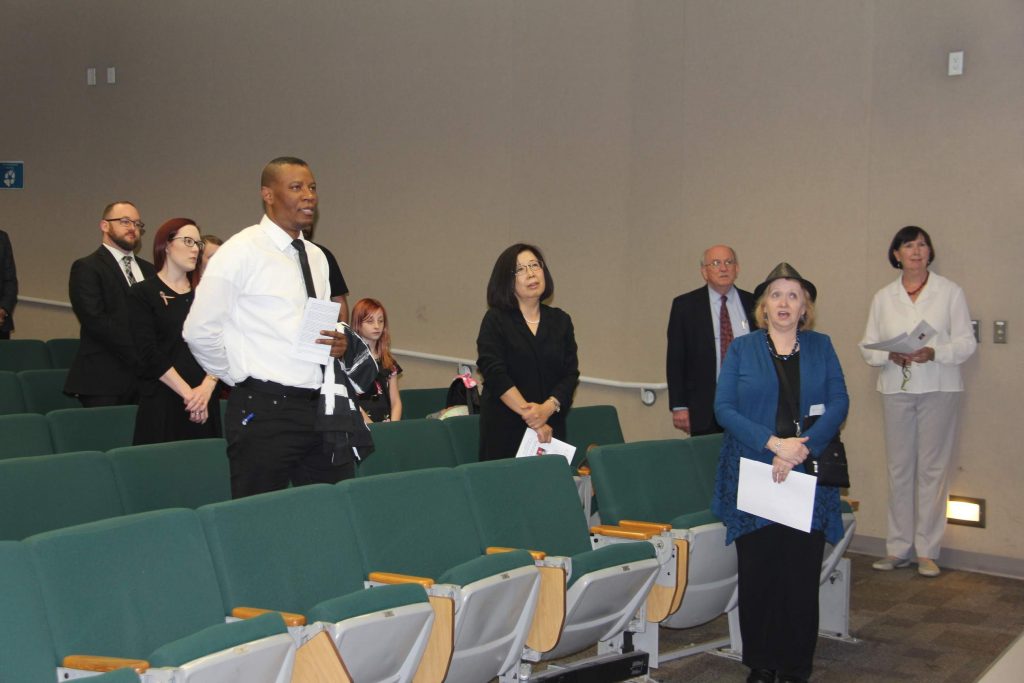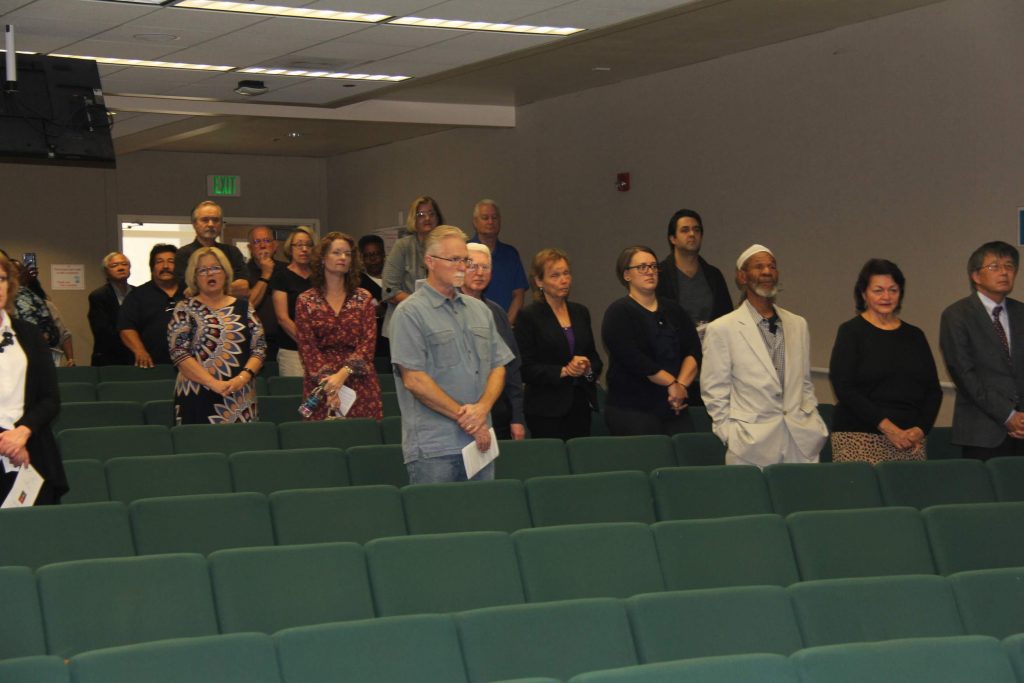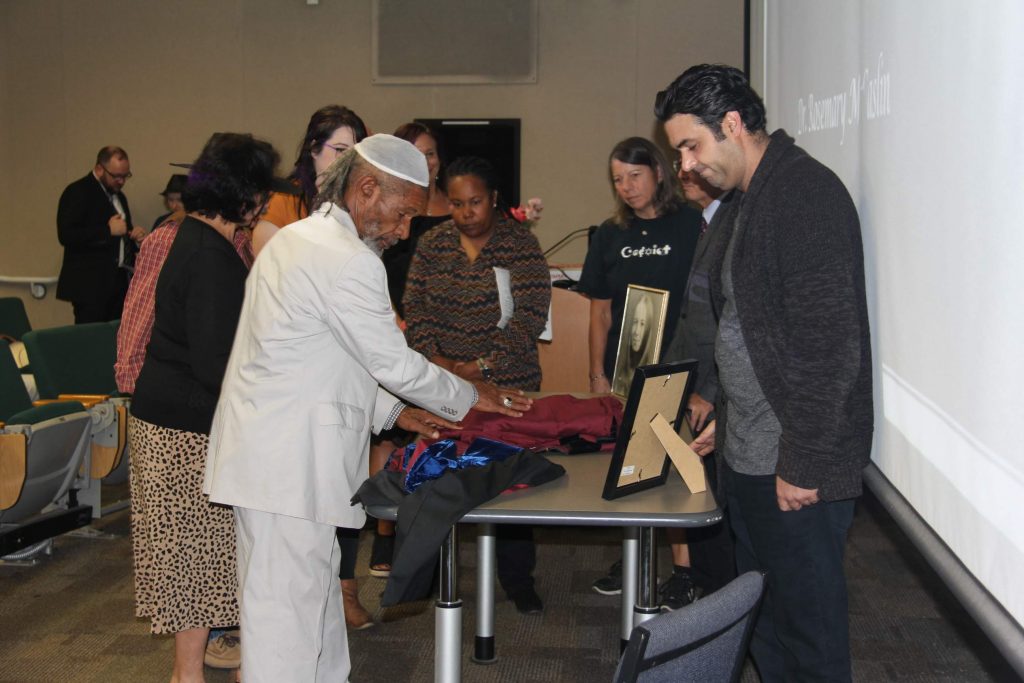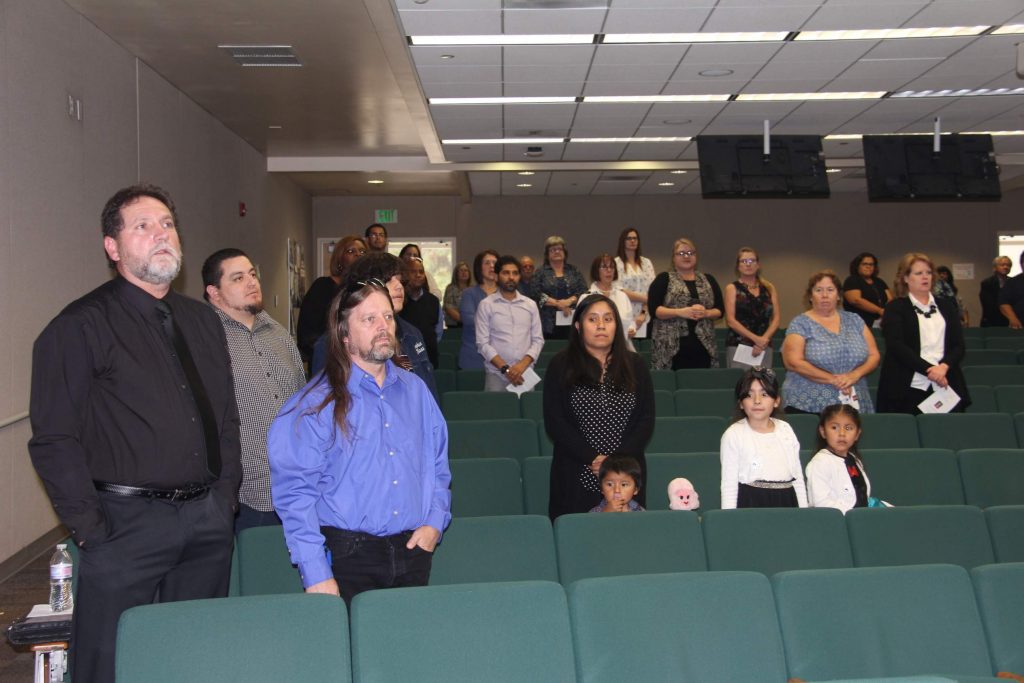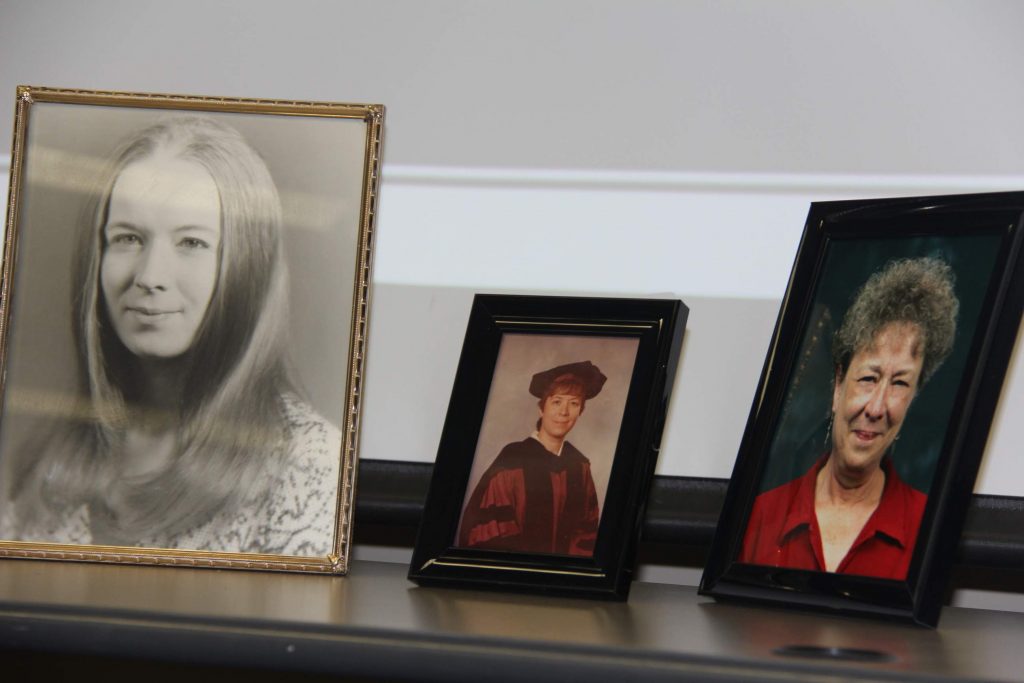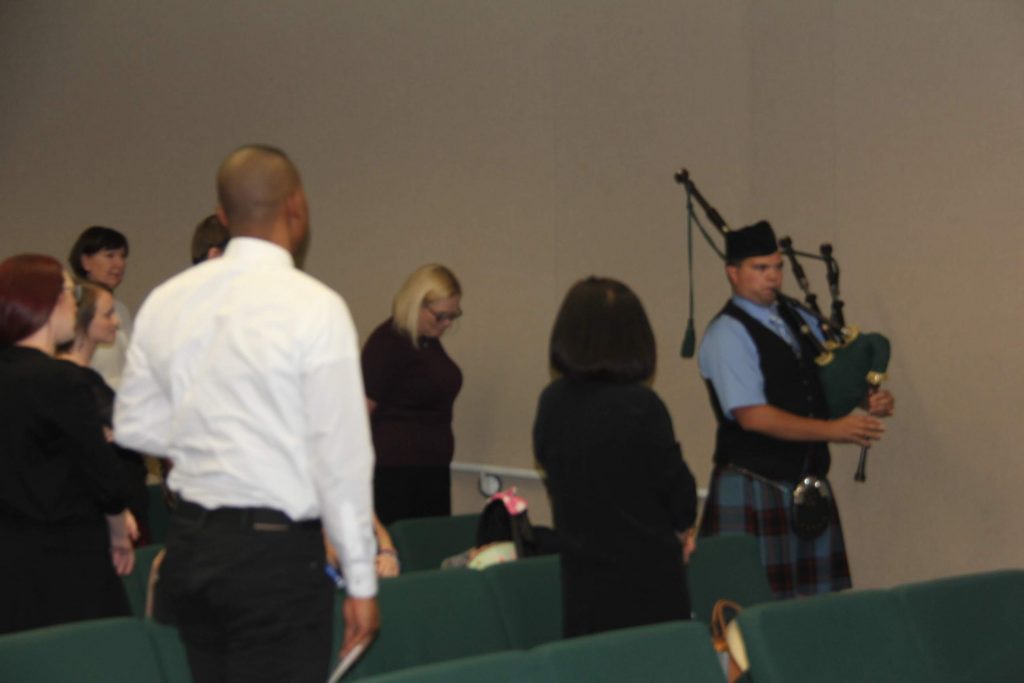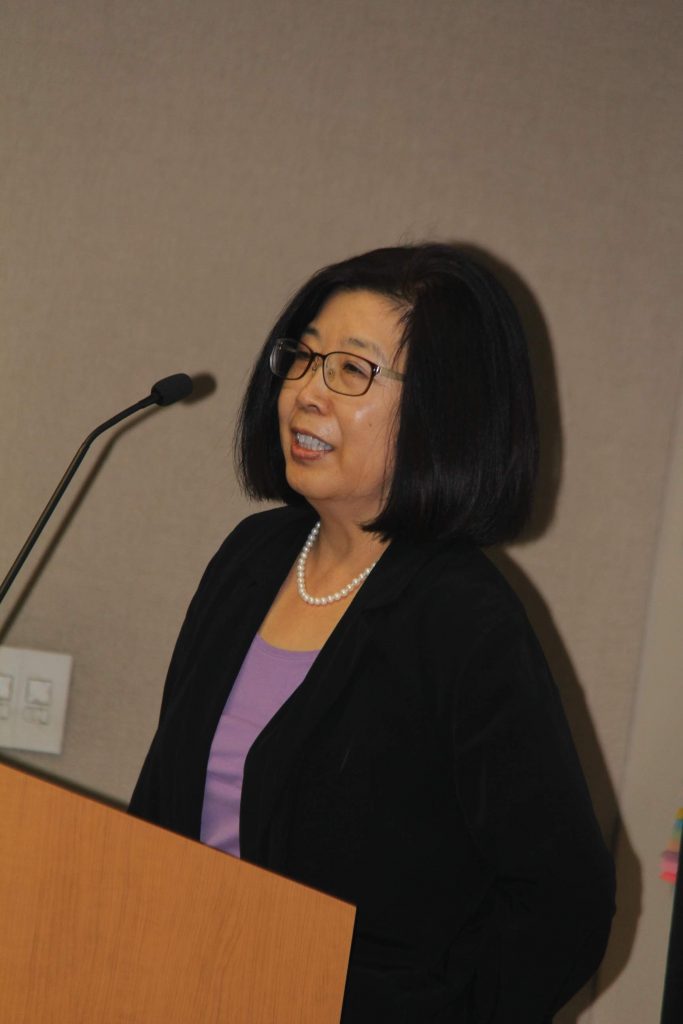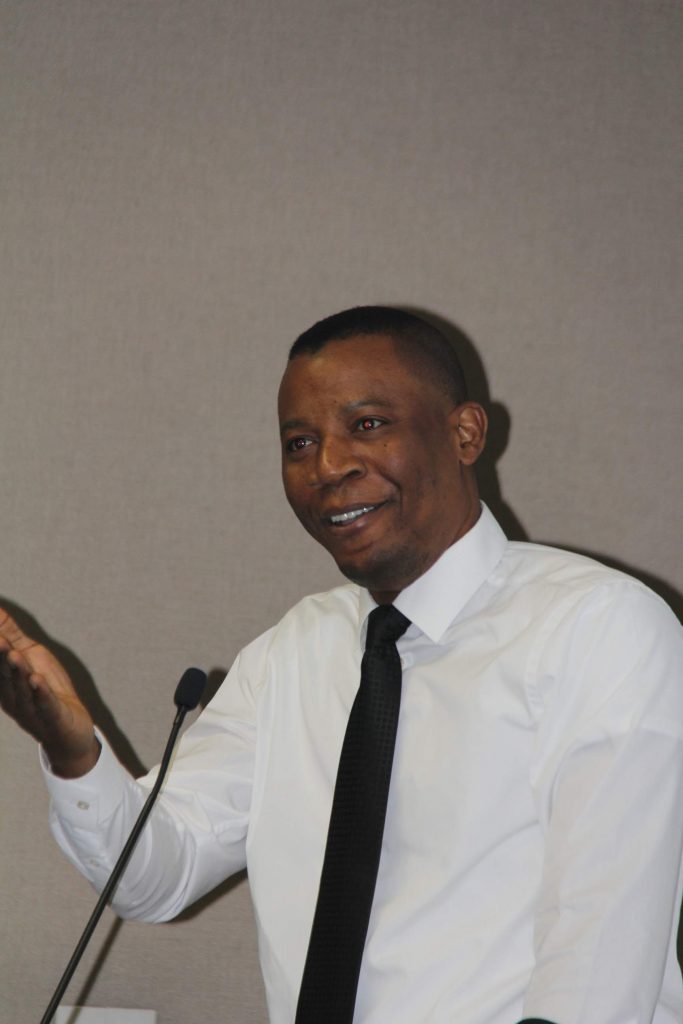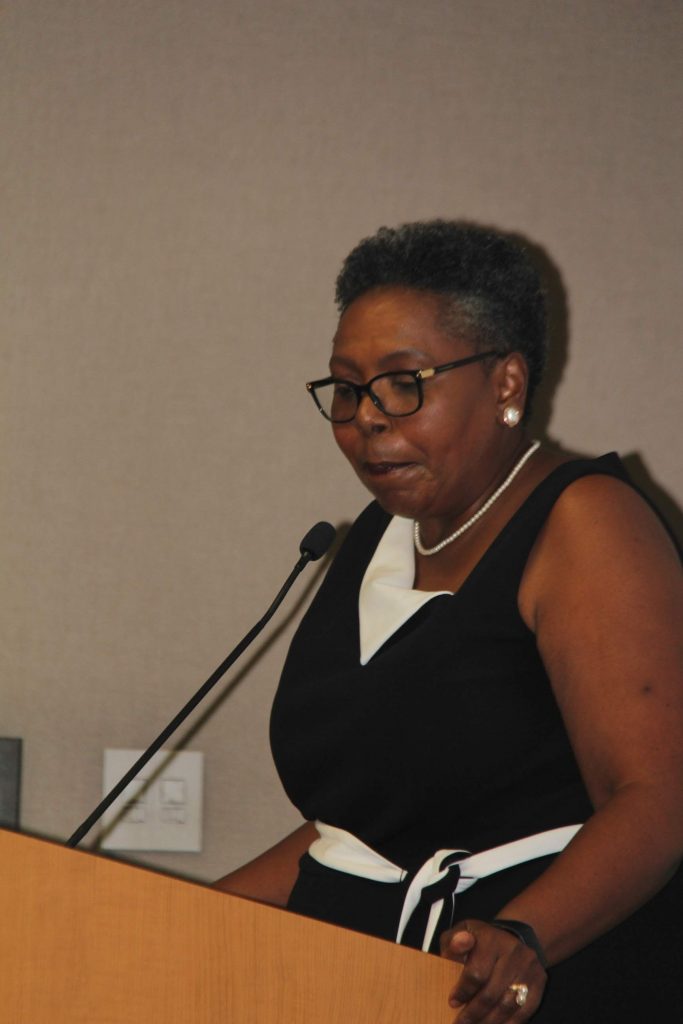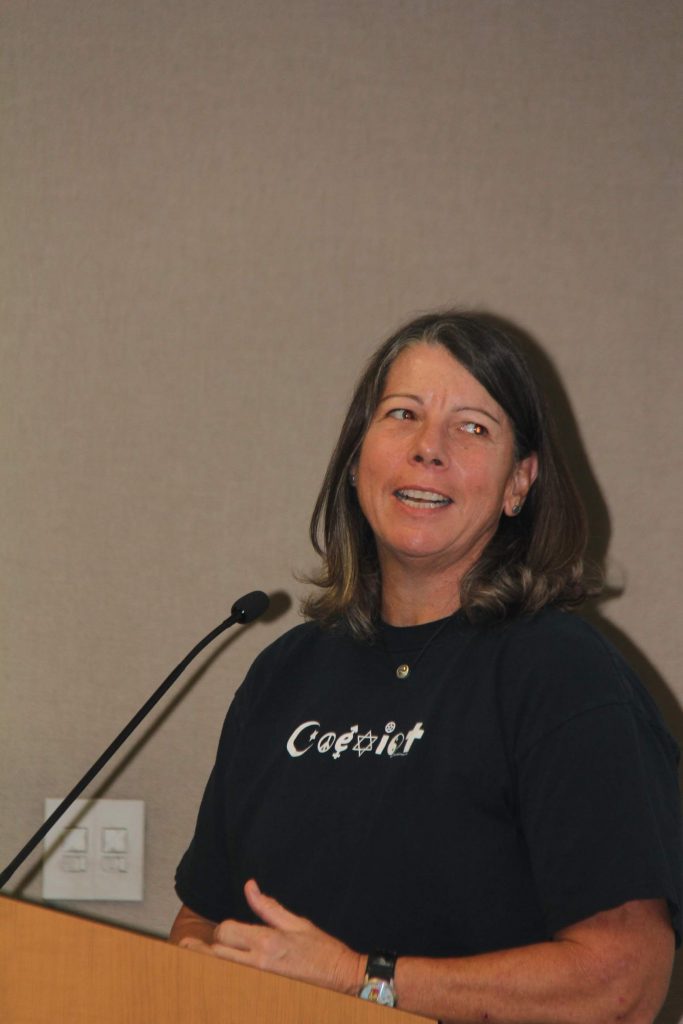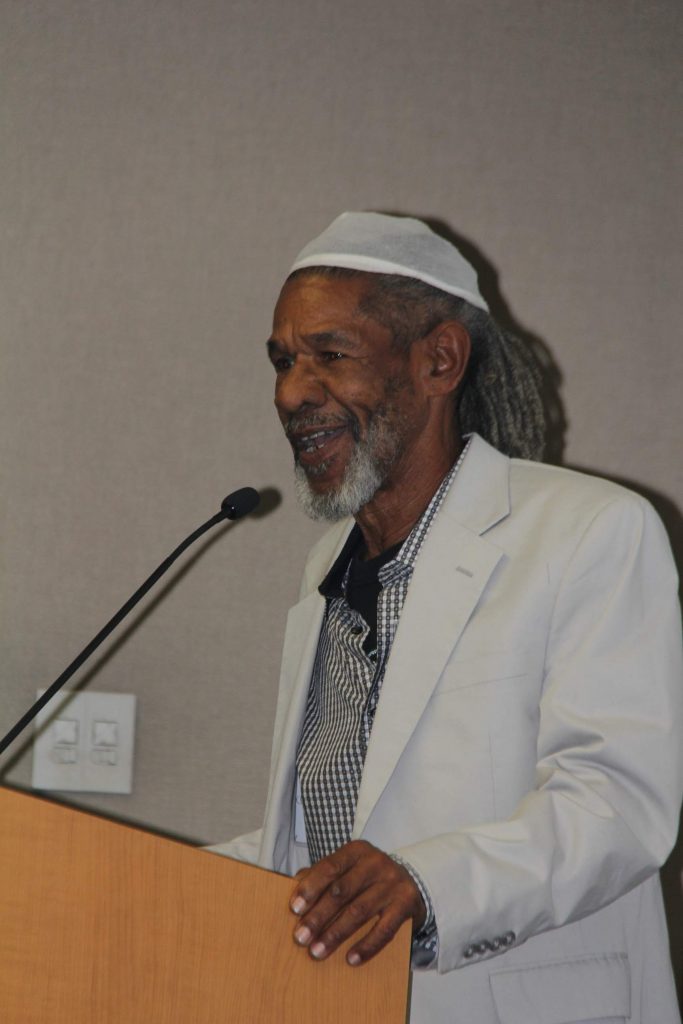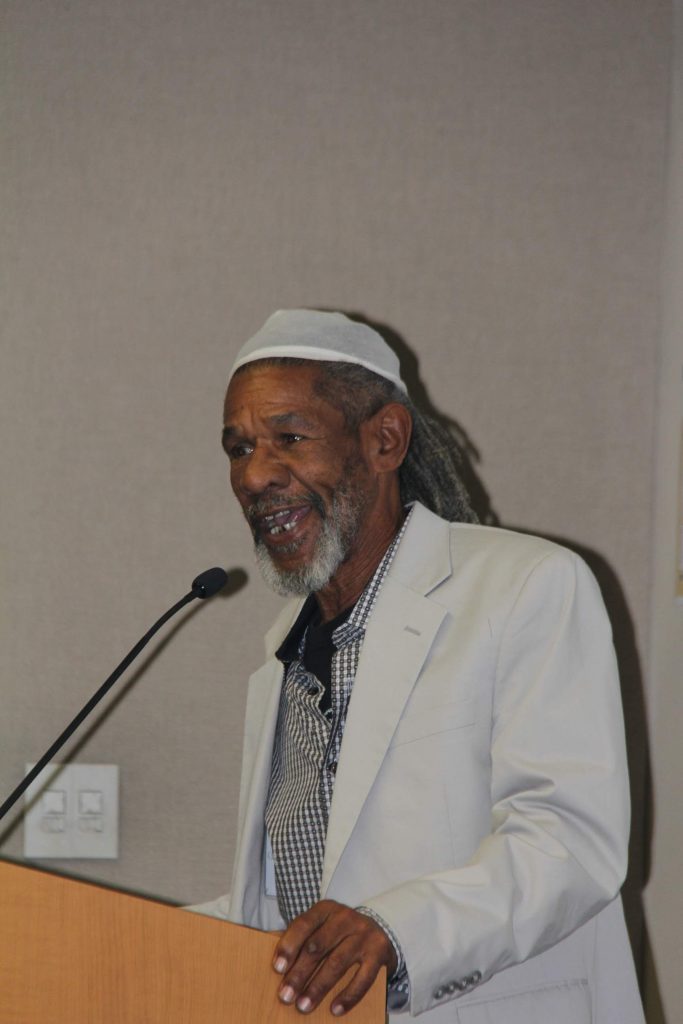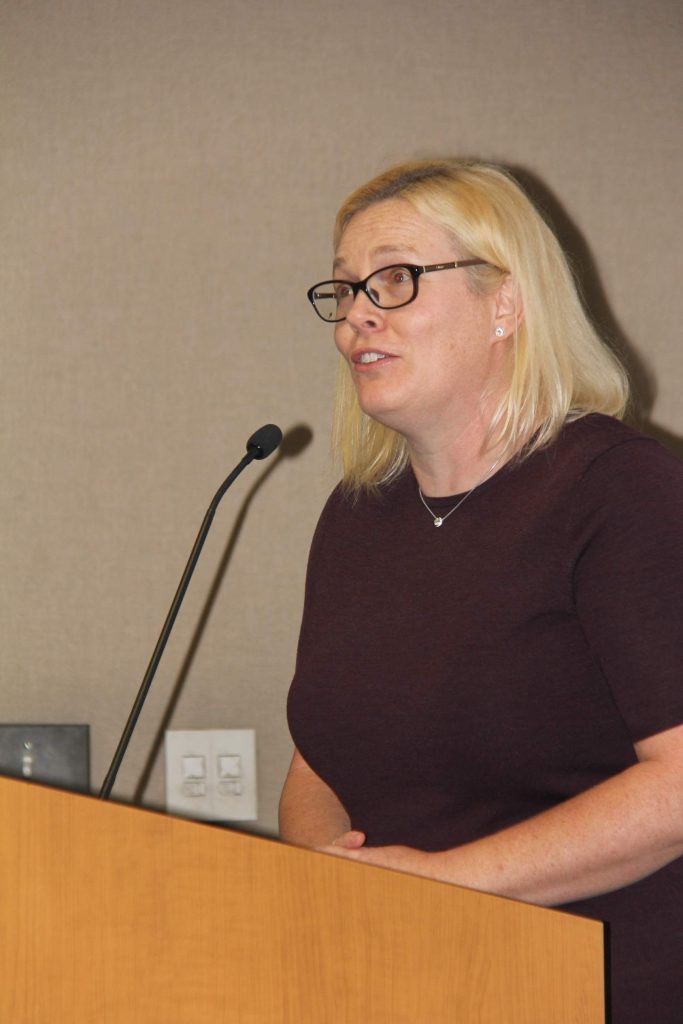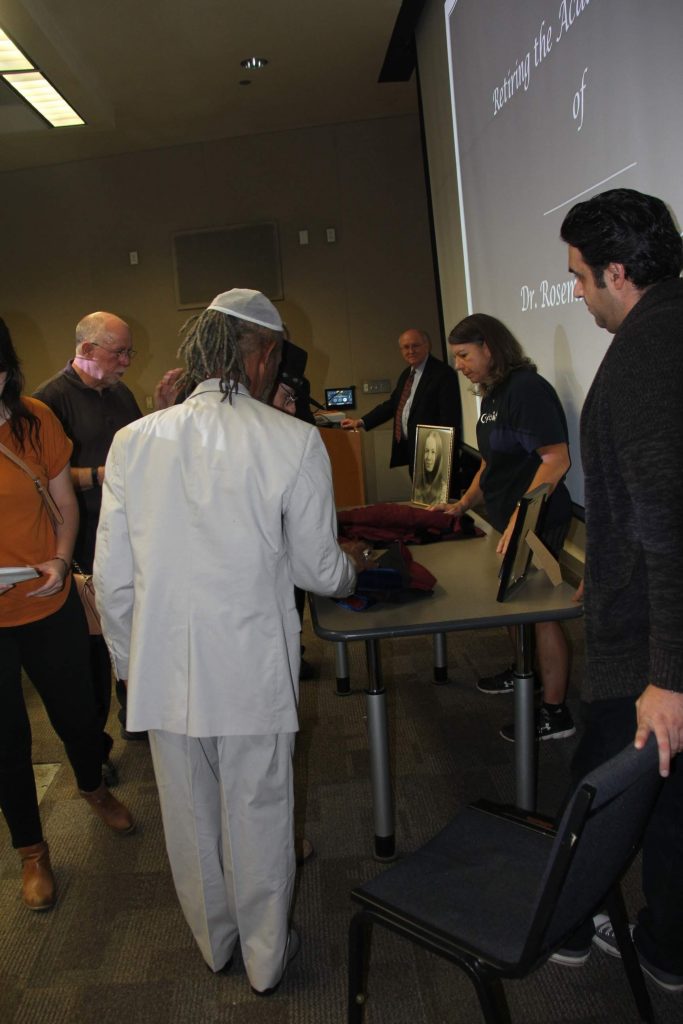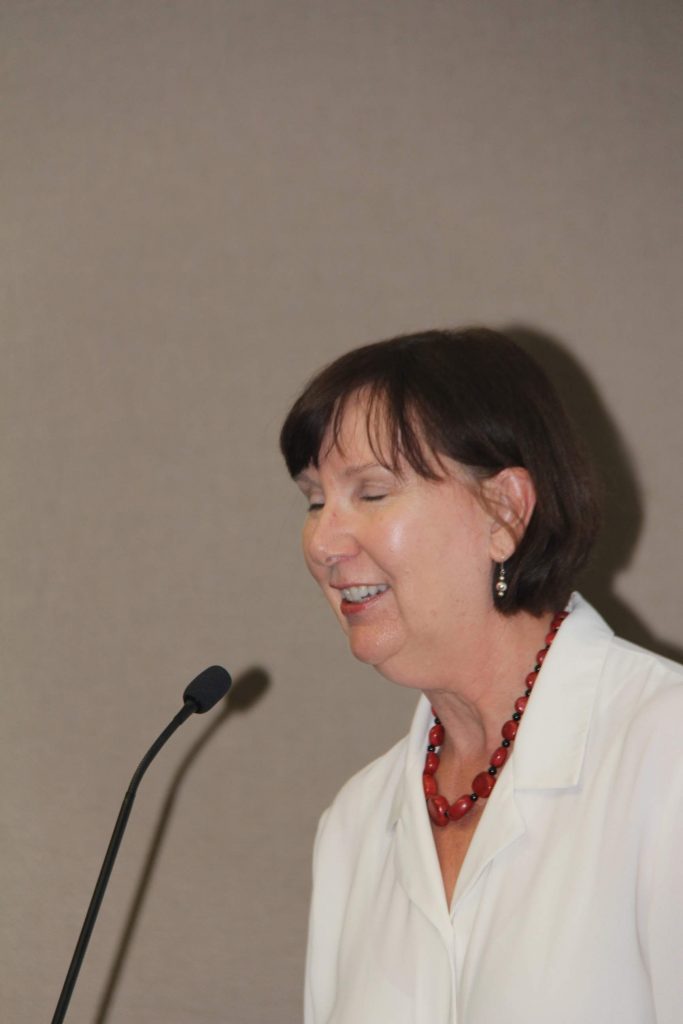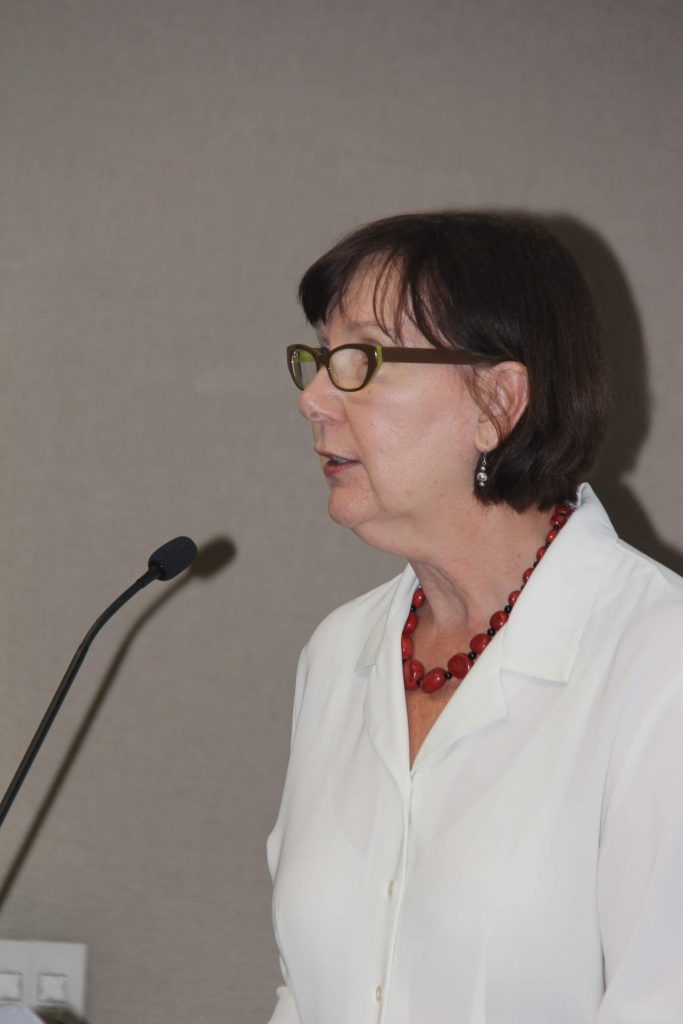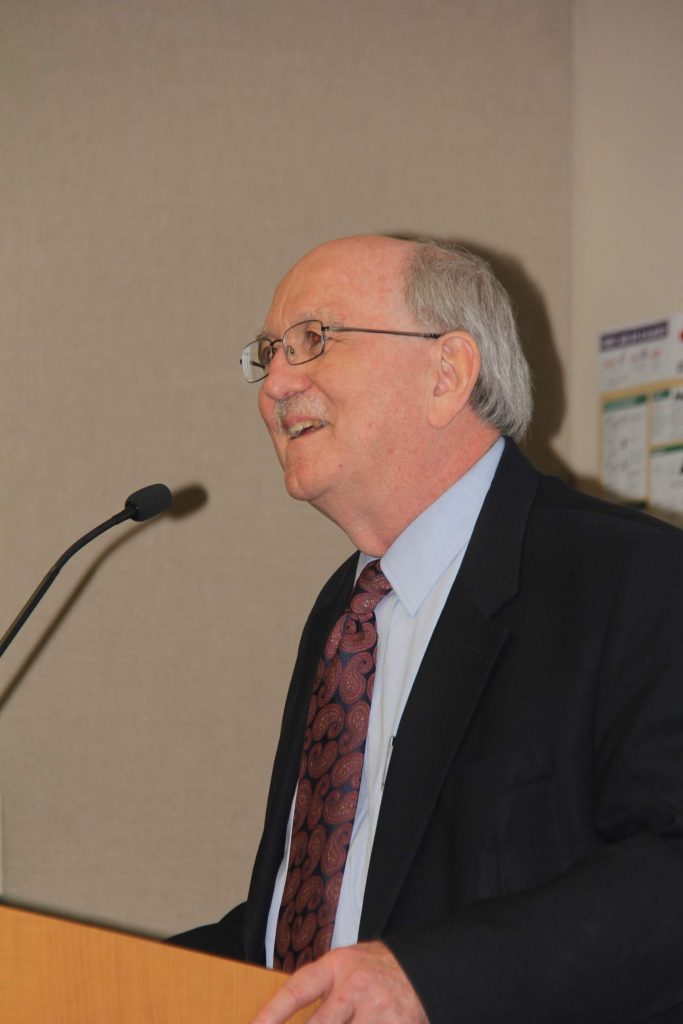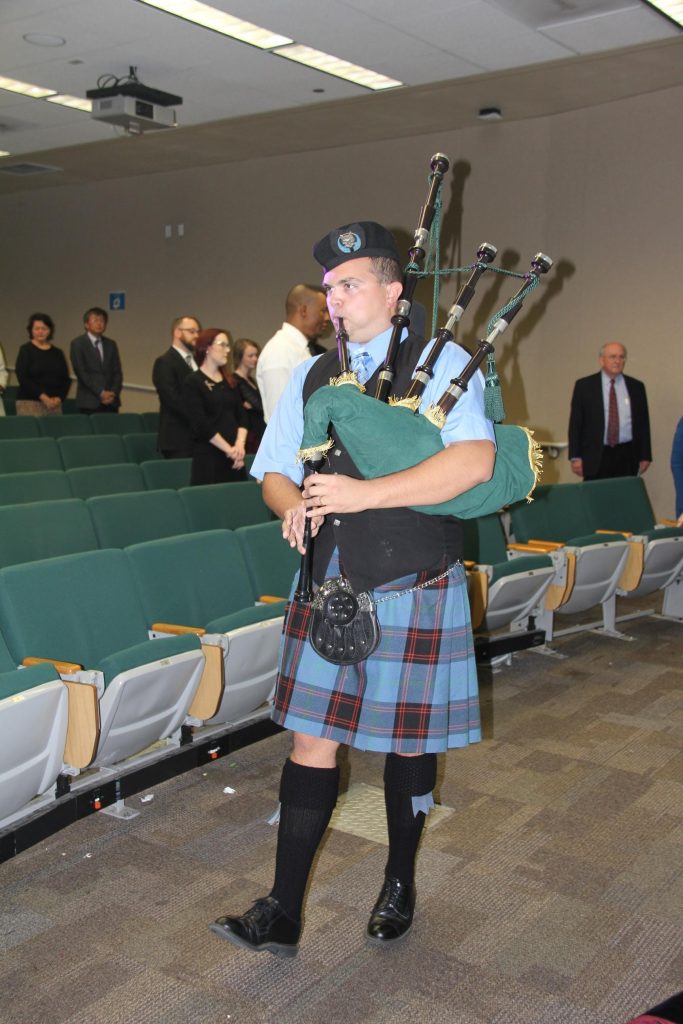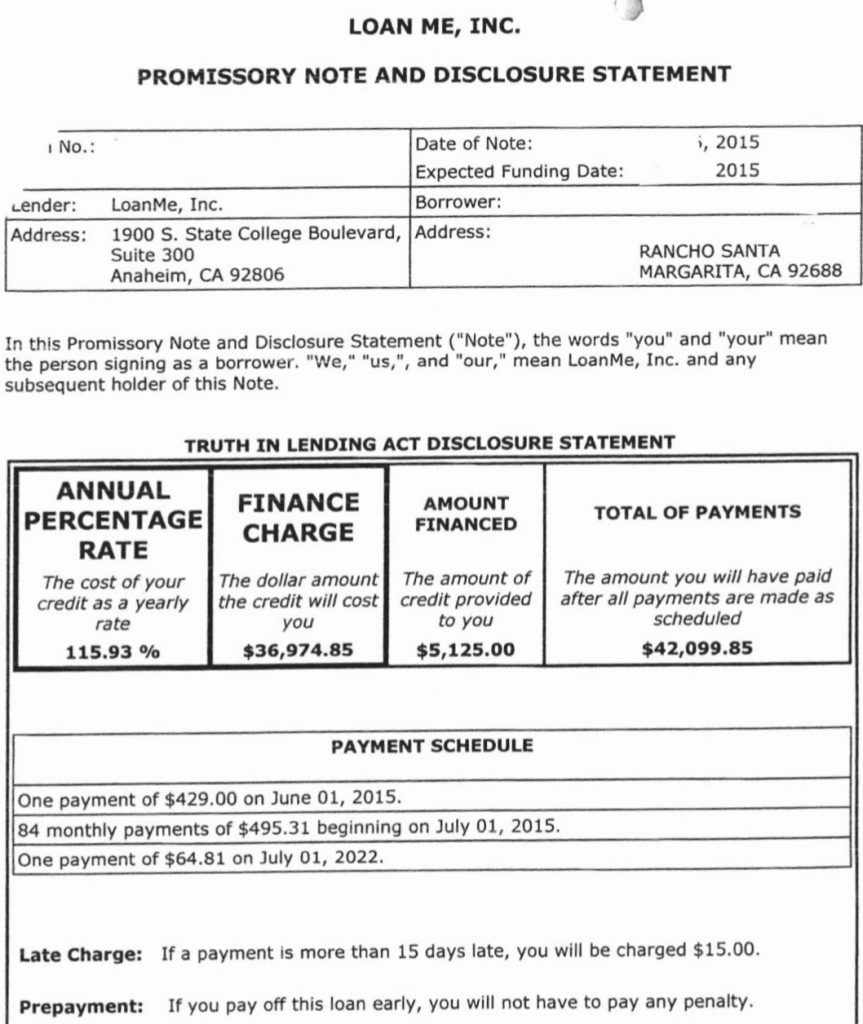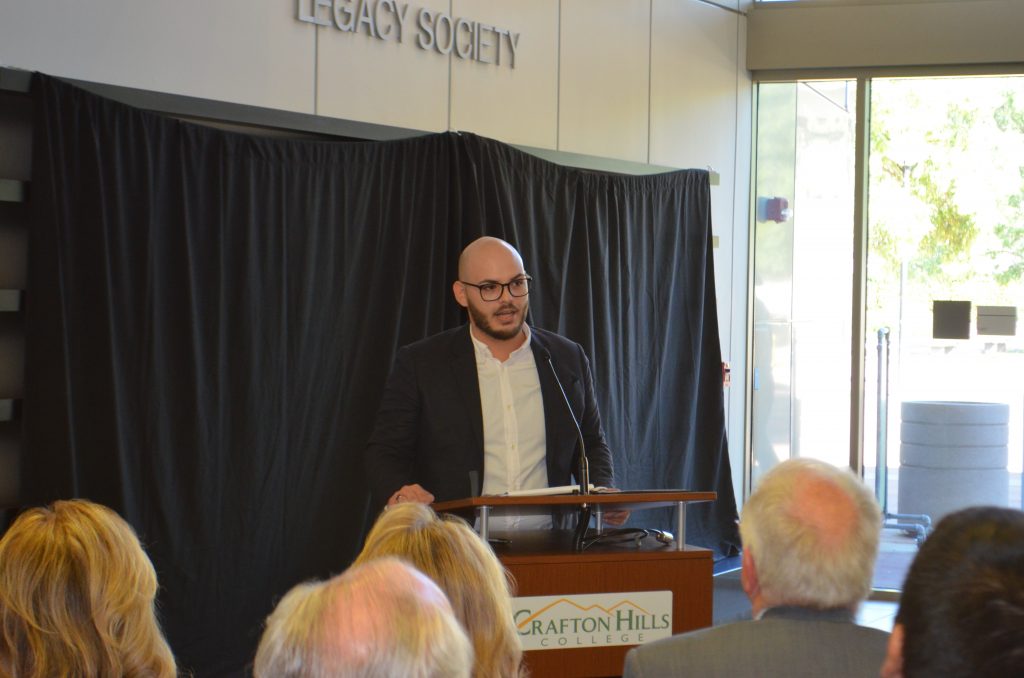Charleys Kids Foundation, Puts Their Money Where Their Mouth Is
SAN BERNARDINO— Charleys Kids donated to San Bernardino’s Young Visionaries Youth Leadership Academy (YVYLA), to help give support to their S.A.M. Program, which stands for Student Achievement Mentor Program. Charleys Kids Foundation primarily gives grants designed to support the development and enhancement of the children’s program by providing tangible resources such as school supplies, books, and food. http://www.charleyskids.org/
A donation of $3,000.00 was donated to the Young Visionaries SAM Program. Young Visionaries Youth Leadership Academy’s Student Achievement Mentoring (SAM) is a program designed to address and reduce suspensions through effective implementation of positive behavior support systems. SAM is a goal-oriented program designed to support the educational and professional aspirations of all students. The Program seeks to increase the completion of developmental courses, retention and graduation rates. To accomplish this, the program increases exposure to educational, professional, and civic opportunities.
The Student Achievement Mentoring Program through mentoring works to:
- Improved Self Confidence and Self Esteem
- Increase Motivation
- Broaden horizons and experience of students
- Raise Achievements and Aspirations
- Build Relationships
- Establish Employment Development Skills
- Support to Graduation
The City of San Bernardino is home to a diverse and prominently minority population: 66% Hispanic, 14% African American, 13% White, 4% Asian, and 3% other. 23% percent of the population is foreign-born. In San Bernardino, the 2016 median household income was $39,472, compared to $63,783 for the State. Unemployment has remained above both state and national levels since the 2008 financial crisis, and the 2018 unemployment rate for the City was 5%, compared to 3.9% for the county, 4.6% for the state, and 4.1% for the United States.
Young Visionaries Youth Leadership Academy has large annual outreach events for the San Bernardino community. For example, February, “Hearts for Hygiene” at this event YVYLA collects 200 bags of hygiene and distribute them to the youth in our programs that need hygiene. June is Young Visionaries Annual Youth Conference, this conference average up to 300 youth in attendance.
The month of August the youth group has an annual “2000 Backpack and School Supplies” giveaway, the month of November is a Thanksgiving event giving out 1000 Thanksgiving Turkeys and boxes of food to 1000 families in need. During the month of December for Christmas YVYLA has their annual 1000 Toy giveaway to 1000 community youth.
“We would like to Thank Charleys Kids Foundation for their generous donation and recognizing the need in our community” says Terrance Stone, CEO and Founder of Young Visionaries Youth Leadership Academy.
 Westside Story Newspaper – Online The News of The Empire – Sharing the Quest for Excellence
Westside Story Newspaper – Online The News of The Empire – Sharing the Quest for Excellence
